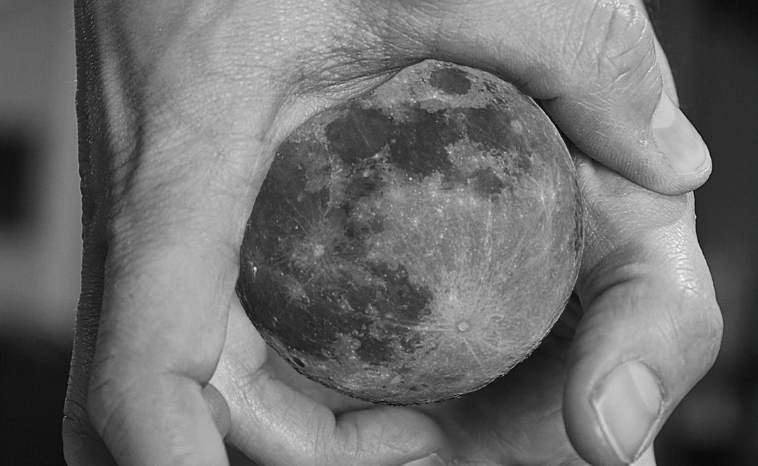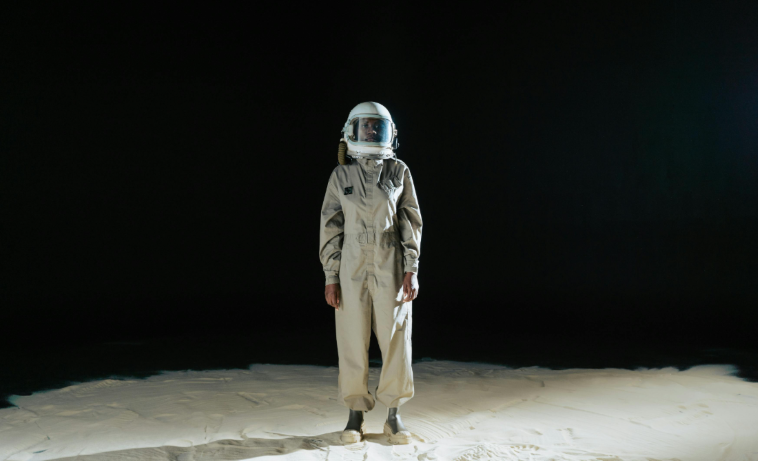Should we be shocked? NASA announces setbacks for Artemis

The historical landing on the Moon that NASA promised was delayed for the second time this year. Let’s go back to the information we have so far and how it all started.
So, in January, NASA made some changes again. The plan they presented to the public consisted of the following steps:
- Artemis 2 (lunar orbit) instead of November 2024, moved to September 2025.
- Artemis 3 (manned lunar landing) planned for December 2025 moved to September 2026.
- Artemis 4 (Construction of a station in orbit around the Moon) is still planned for September 2028.
That was the plan at the beginning of the year, but now the plans have been moved again due to problems with the heat shield on the Orion capsule (in which the crew is supposed to fly) so that according to the new plan, Artemis 3 will land on the Moon in mid-2027 instead of 2026.
Before that, Artemis 2 will take off, which is a manned flight around the Moon and which should last 10 days, will take place in April 2026 at the earliest.
The delay was due to technical problems that were noticed during the flight with Artemis 1 but were not fully understood by the engineers.
These problems appear during the entry of the spacecraft into the Earth’s atmosphere.

Let’s revise. The Artemis program is a human spaceflight program run by NASA with multiple international and US partners. The primary goal of Artemis was to return humans to the Moon by 2025, specifically to the south pole of the Moon.
The Artemis program began in December 2017. NASA’s short-term goal of the program is, among other things, landing the first woman and the first “person of color” on the moon; medium-term goals include the establishment of an international expedition team and a sustainable human presence on the Moon.

The long-term goals for Artemis are to lay the groundwork for lunar resource extraction and ultimately the feasibility of crewed missions to Mars and beyond.
In this endeavor, the US competes with China, which also plans to send its crew to the Moon, and also to the south polar region.
A few years ago, Russia was also in the game, but due to the ongoing war with Ukraine, it is not considered a competitor in the conquest of space for some time to come.
The Americans are rushing to establish their base on the Moon before the Chinese in order to ensure some dominance on the earth’s satellite. By the way, the current Chinese plan is to conquer the Moon by 2030.
Of course, the southern polar region of the Moon is very attractive because of the frozen water that could supply water to permanent crews at the base on Mesos, and which could also serve as rocket fuel after processing.

In general, the Moon has a lot to offer Earthlings.
It has mineral wealth, it is an excellent place as a starting point for flights into deep space, it is suitable for numerous scientific research, etc.
And yes, it is clear that economics play the key point here. After all, it has been like that since ancient times.

